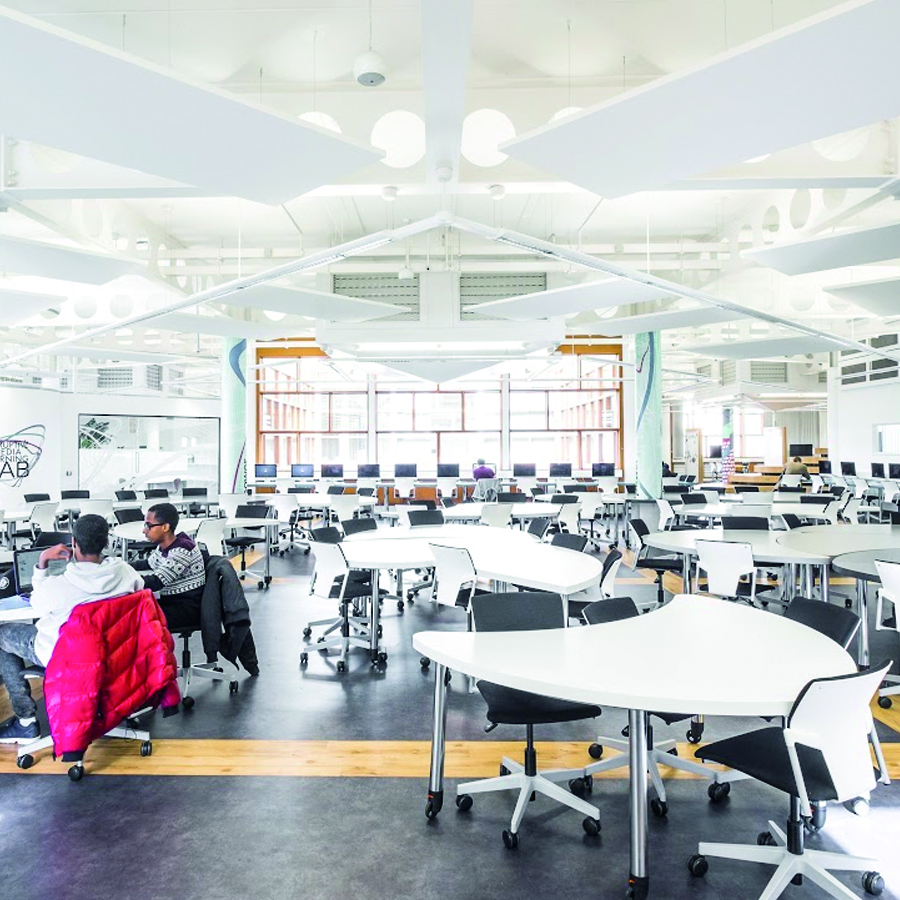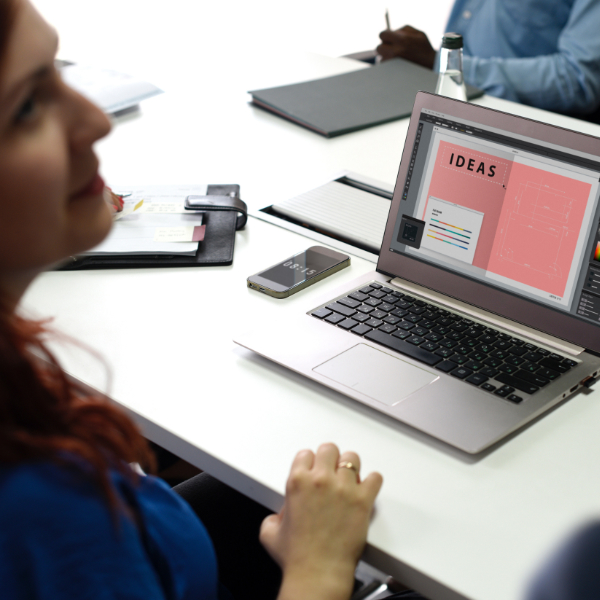Rethinking Space
When creating new ways to deliver activities, a simple but often overlooked step is to consider what environment would best meet the needs of learners.
Making the Most of a Limited Space
Limited spaces can enhance creativity! Rapid prototypes can often be made when limited space is the only option. Through concentrated, focused sessions decision making and new ideas and problem solving can flourish….
Small Space, Big Ideas
Go Outside


Embracing Collaboration
Collaboration Software
International Co-operation
Beyond the Traditional Classroom
Virtually Connected Space
Shared environments


Accessible Spaces
It is essential to ensure spaces are accessible to all learners. This includes making sure all learners have access to appropriate technologies (devices, software and web space) and are able to navigate the physical environment.
Assistive Technologies
Knowledge is power
Image credit: Daniel Hansen on Unsplash
Taking a Hybrid Approach
Site Specific Projections
Use portable projectors to project engaging discussion materials directly on to site specific environments. A great example of this is Projekt-Project which uses live digital slide projections to animate historic sites.
Seamless Integration
An award winning example of this approach is Immersive Telepresence in Theatre, where a ‘virtual space’ was created in two locations (Finland and UK) through the re-purposing of videoconferencing technology to create a unified spatial design. This and careful lighting gave the geographically distant actors the illusion that they were occupying the same physical space.
Photo by Vanessa Garcia on Pexels

Simulated Real World Environments
Educational Role Play
Immersive Decision Making
Out in the Open
Open Courses
Teaching no longer needs to take place in the confines of a walled environment. Open courses allow anyone to contribute and participate in learning. The Game Changers Programme aims to explore, experiment and exploit game design thinking in fostering creative problem solving and cross-disciplinary design collaboration
Open Technologies

Explore another section
Something more specific?
Drop us an email using the form below and we’ll do our best to help!
